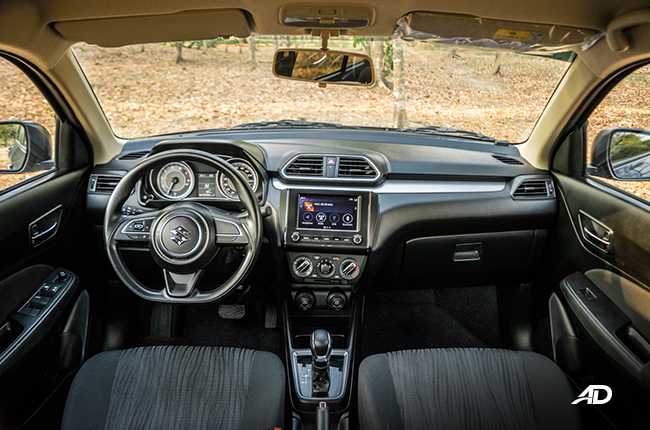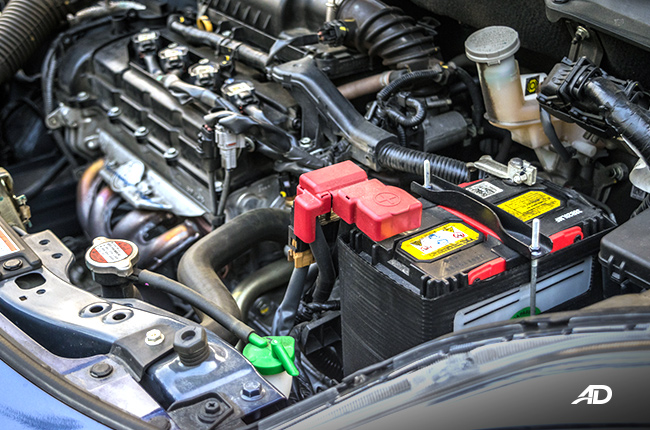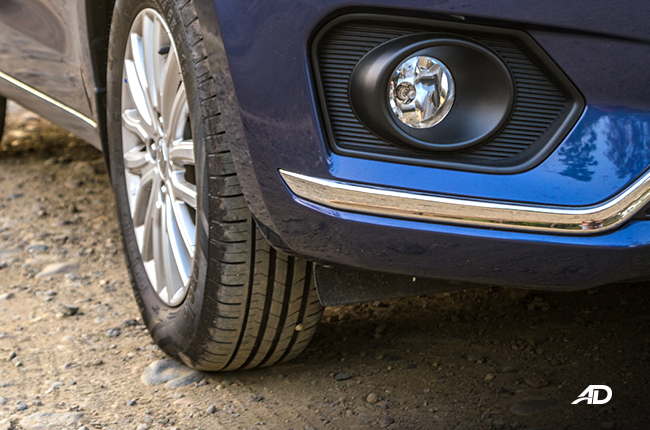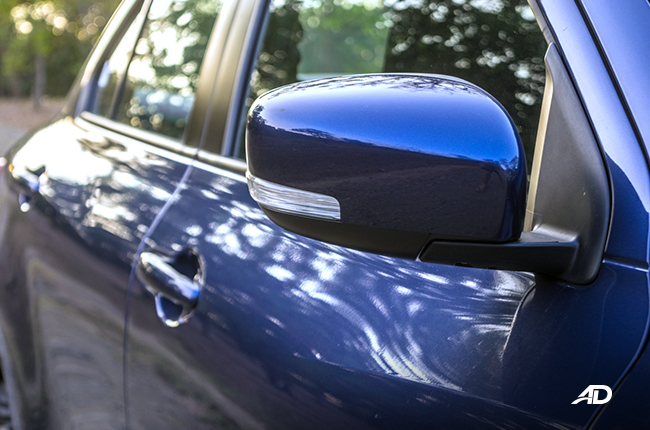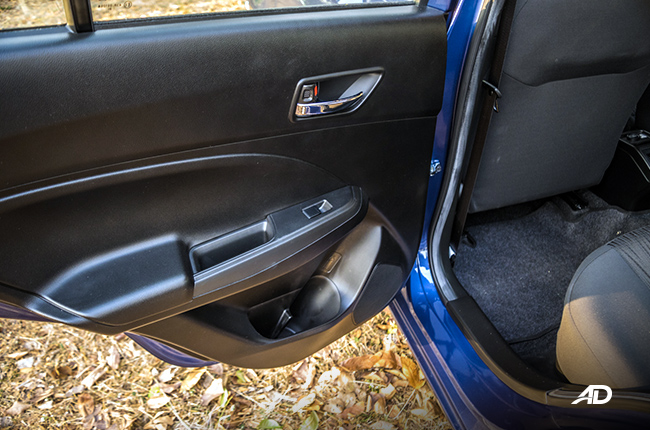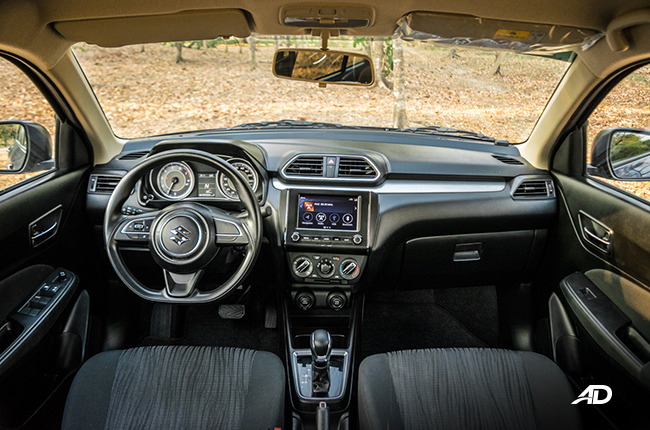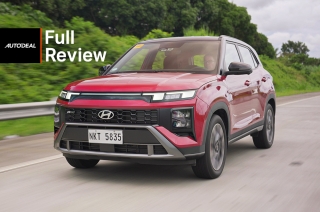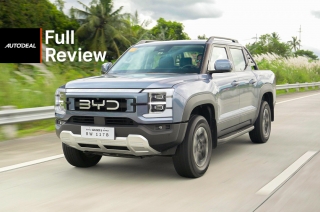
Suzuki Philippines’ solid 2018 sales performance isn’t a secret. As among the few brands in the country that had positive sales growth in the mentioned year, we can safely say that the Japanese marque has what it takes to be even bigger this year.
Part of the reasons why SPH performed better in 2018 is the introduction of fresh models in its lineup. This includes the all-new Suzuki Dzire, which dropped ‘Swift’ in its name while losing the quirky hatchback-with-a-trunk styling in the process. I’ve had the chance to have a quick go at it during an Editor’s drive last year. This time, however, SPH lent me its top-of-the-line GL+ variant for an in-depth review and to try the intriguingly new automated-manual transmission in a real-world testing.
With that said, does the all-new transmission really make the 2018 Dzire a desirable entry-level sedan? That’s what we’re here to find out.
Engine Output (HP), Acceleration, Transmission, Handling 3.5/5
Exterior & Interior Design, Quality, Fit and Finish, Ergonomics 4.0/5
Cabin Comfort, Suspension, NVH Insulation 4.0/5
Convenience Technologies, Active and Passive Safety Features 4.0/5
Amount of the vehicle you get for the price, Fuel Efficiency 4.0/5
- Composed and stable even at high speeds.
- Stellar fuel efficiency.
- The only car in its class to have rear A/C vents.
- Automated-manual transmission needs some time to get used to.
- Shallow and non-expandable trunk space.
- No speed-sensing door locks.
Exterior
Suzuki pretty much knew that the previous Swift Dzire’s rear left a lot to be desired. That’s why for its third-generation model, the entry-level car gets a more sedan shape than before, although, the “lifted butt” design still isn’t the best-looking out there when viewed in profile. What I adore, however, are the LED taillights that look like Tetris bricks.
The heavily-revamped front fascia reflects the headlights and shape of the Suzuki Swift. Even with just halogens, it could illuminate the road well, I must say. The shower of chromes doesn’t suit my taste, though. If I may add, the curves on the hood add a curious character to the Dzire – reminds me of the roadsters from the ‘60s. It’s a great look, along with the Premium Oxford Blue paint color that makes the car stand out on the road.
Interior
As an entry-level sedan, the Suzuki Dzire surprises with the quality of the materials used in its cabin. Plastics are, of course, everywhere but just like its hatchback brother, they're well executed and don’t look cheap at all. The polyurethane, flat-bottom steering wheel feels okay to the touch and employs great leg-room. Believe me – for those who have fat thighs (like myself), the added room of the D-shaped steering wheel is a relief.
Four average-sized Filipinos could fit quite snugly in the cabin, but for “healthier” ones, space can get a bit cramped. I love how Suzuki made sure that the driver’s and passenger’s elbows are taken care of – thanks to the door panel cushions, as well as the foldable center armrest (with cupholders) at the rear. Three people at the back would need a lot of compromises when it comes to personal space. Goes the same with the trunk; space isn’t much and the rear backrests don’t fold, but a standard-sized child stroller could fit in plus there's a trunk opener button.
Ride comfort is relatively great even with the torsion beam rear setup, allowing pretty comfortable ride on flawed roads. Body roll is minimal as long as you’re not driving the car at 80 km/h in winding roads, while NVH insulation is superb at most times. The manual air-conditioning works even at high noon, while the passengers at the back have their own A/C vents – a pretty cool feature. Now, that’s a good pun.
Technology
For a sub-P700k car, the Dzire has a lot of tech features. It may not have speed-sensing door locks or parking sensors/reverse camera, but it has one-touch lane changer, power-adjustable mirrors, multi-information display, and a seven-inch touchscreen infotainment system (with knobs!). The screen has a crisp display, akin to what iOS devices have. It’s also easy to operate, albeit, it has a laggy response when using the infotainment’s offline navigation.
Nevertheless, everything else is like clockwork. Connectivity is through Bluetooth and USB for iPhone/iPod users, both seamless to operate, while there are two 12V sockets inside the car to charge gadgets. The four speaker setup, while sounding decently, can be improved for better listening pleasure.
Safety
Just like its tech offering, the Dzire has a lot of safety features to match its price point. It has the standard ABS with electronic brake-force distribution, brake assist, SRS dual front airbags, seatbelt reminder for both the driver and front passenger, ISOFIX child seat tethers, and side-impact door beams. On the other hand, it has an immobilizer and security alarm for security.
Driving & Handling
The Suzuki Dzire’s 1.2-liter K12M gasoline engine’s output figures aren’t much on paper but its 82-horsepower and 113 Nm of torque are greater when compared to its tightest competitor, the Mitsubishi Mirage G4. Even better, the car maximized these numbers with its 5-speed automated-manual transmission a.k.a. the Auto Gear Shift (AGS). To be honest, the AGS is both the Dzire’s strongest and weakest trait. Let me explain.
AGS is basically a manual transmission in design, construction, and parts but instead of a pedal, the car uses automatic intelligent actuators to engage the clutch when shifting gears – and that’s where the problem lies. There's a bit of a delay or a hiccup when shifting from 2nd to 3rd gear, more so when shifting from 1st to 2nd. Downshifting was laggy, as well, during aggressive paces.
To be able to drive the Dzire smoothly, I had to lift my foot when the transmission needed to shift up (at around 2,000 RPM), just like when driving a manual. This was cumbersome at first, but I got used to it within two or three days. That, or you can choose to go manual mode using the +/- on the gear lever.
Handling, on the other hand, was one of the best traits of the Dzire. The steering wheel has a great weight to it, which employed stability at high-speed runs. At slow paces, the steering eased up, allowing great maneuverability. There’s a bit of understeer during tight turns at speeds, but it didn’t feel unsafe as long as within legal speed limits. The front disc and rear drum brake setup were okay, but can still be improved.
Fuel Economy
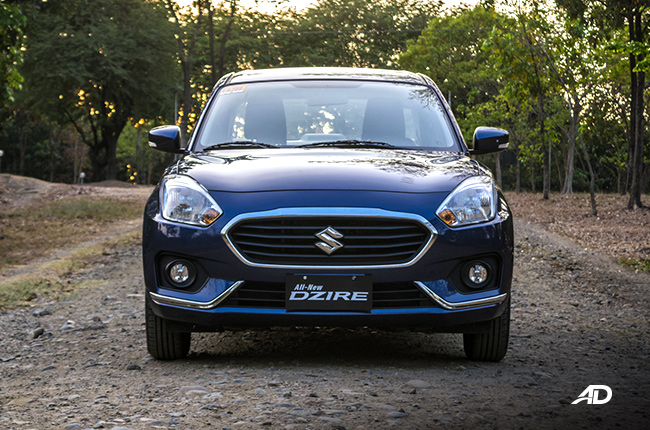
I did mention that the 5-speed AGS is the Dzire’s strongest trait, right? That’s because aside from maximizing the power with that additional gear, the AGS allows great fuel consumption with the car’s lighter weight and conservative shifting.
City crawls during rush hour read back 11.2 km/L, while faster paces at around 60 km/h registered 16.1 km/L. Highway drives at an average speed of 90 km/h clocked in 20.6 km/L. Take note that these numbers were taken with at least one passenger on board and minimal cargo.
Verdict

If I’m being completely honest, I wasn’t expecting so much from the Dzire since I’m not really a fan of its predecessor. But after driving its latest version for this in-depth review, my perception about the car has completely changed, even more so when considering its P698,000 price tag.
With all the things I mentioned here considered, the Suzuki Dzire is a solid choice for an entry-level sedan and should definitely be on your shortlist if you’re looking for a first car. It’s fuel efficient, has nice cabin materials, and reeks of sensible ergonomics. The AGS can be a bit weird at first, but it’s only a matter of time before you get past through the adjustment stage.
2018 Suzuki Dzire Exterior Photo Gallery
2018 Suzuki Dzire Interior Photo Gallery
Latest Review
-
2026 BYD eMAX 7 Review / Review
Can the BYD eMAX 7 prove that electric MPVs work in the Philippines? With 201 hp and 530 km of range, it just might.
4.3 / 5 -
2026 Hyundai Creta N-Line Review / Review
The Creta N-Line isn’t just a Creta with sporty looks; it’s got the performance and bite to back up its style.
4.3 / 5 -
2026 BYD Shark 6 DMO Review / Review
Can a hybrid pickup truck break the mold of what pickup trucks can be? The Shark 6 DMO has something to say about that.
4.6 / 5
Popular Articles
-
Electric Vehicles in the Philippines for under P1 million
Jerome Tresvalles · Aug 19, 2025
-
Top 3 Cars For Every Lifestyle—What Cars Are Right For You? | Behind a Desk
Caco Tirona · Apr 24, 2024
-
5 Tips to Maximize Fuel Efficiency
Jerome Tresvalles · Sep 09, 2024
-
Five driving habits that are draining your fuel tank
Jerome Tresvalles · Jun 24, 2025
-
Can engine braking harm your engine?
Jerome Tresvalles · Sep 11, 2025
-
Do electric cars even need maintenance?
Jerome Tresvalles · Oct 23, 2024
-
Best vehicles for an active outdoor lifestyle
Shaynah Miranda · Jul 25, 2024
-
How to drive different types of vehicle transmissions
May 23, 2024
-
5 easy ways to keep your car interior clean
Allysa Mae Zulueta · Nov 15, 2021
-
How to survive Metro Manila traffic
Earl Lee · Aug 16, 2022




